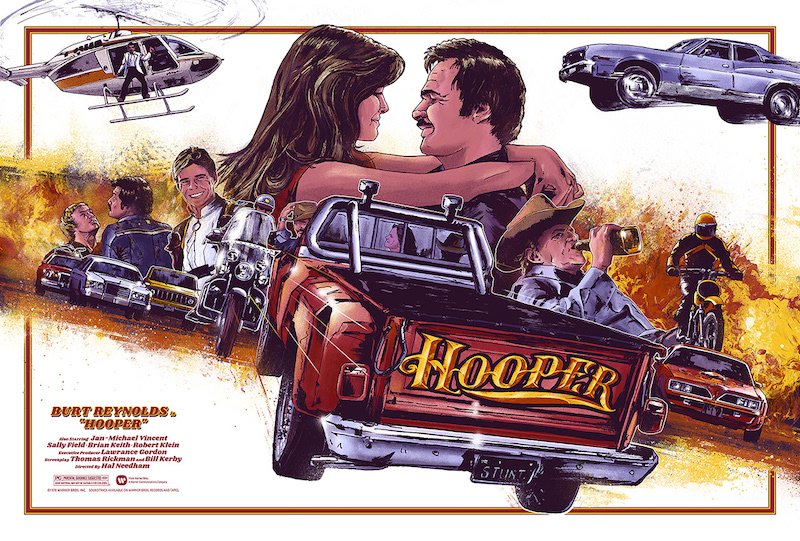Until October...
/It’s that time where posting ends for this month and I go on to work on the other Jerx-related projects: the October newsletter, the next book, and some testing we’re finishing up.
Thinking about the Hooper trick from Monday, I had an idea of a way to do it with no technology. The structure of the trick allows for this in a way that doesn’t really raise any red flags, even though the method is kind of blatant.
It would essentially look identical to the version described in Monday’s post, but you can toss your Apple Watch in the trash. It’s not needed.
In the no-tech version, instead of peeking the word, you just get it when you ask for it at this point in the routine:
“Okay, let’s try again and hopefully it will work this time.”
I start resetting the props. Dumping out the ashes and grabbing a new slip of paper.
“What word did you end up thinking about before?” I ask.
“Pudding,” she says.
“Hmm… I don’t know,” I start to say, and then catch myself. “Wait… what??”
Then you get the person to watch the video, and as they’re focused on that, you write the word on a card as you stand behind them. Sharpie on a double-blank playing card is essentially silent.
A couple people wrote in to suggest pocket-writing at this point. You could certainly do that. But it’s probably overkill.
Now, I know writing something behind someone’s back while they watch something on your phone is not the height of cleverness. But this is one of those amateur, one-on-one methods that can be surprisingly invisible. Specifically when the structure of the trick is designed to take the focus off of you.
Here’s the thing, if the Mystery Box gimmick you’re using is appropriately fooling, then even having the opportunity to write down what they said won’t really explain how it got in that box in the other room.
What’s something you’re doing that you’re excited about?
This is what I’d like to know. One of the most enjoyable periods of communicating with the readers of this site happened at the beginning of the pandemic when I had a contest that involved people telling me their plans for how they were going to improve themselves during lockdown.
I really liked hearing and seeing about the stuff you all were involved in.
So now I want to know what you’re working on or planning that you’re excited about. You know those people who shit on anyone else’s excitement, and discourage their plans? You probably know someone like that. Maybe you’re married to someone like that. Well, I’m the opposite of that. I love hearing about that sort of stuff.
So if you want, send me an email and let me know about it. It could be magic related or something else. A personal project, a professional project. A new grandkid. A trip. There must be something you’re excited about. If not, that’s a fucking bummer. Let’s work on that.
This isn’t for a contest. It’s just because I’m interested. But know that my return email will probably just be a sentence or two. Only because I don’t have the time to give as thoughtful a response as I’d like when I’m getting a ton of emails. Don’t see it as a lack of interest.
And I won’t be sharing anything about what you write on the site, unless I specifically ask to. And if you’re sharing some magic thing you’re working on, don’t worry, I won’t blab about it. I like the opportunity to keep secrets.
Supporters will get the next issue of Love Letters on the 1st, and I’ll be back here with new posts on Monday the 3rd. Until then, enjoy the last day of summer, the equinox, and these first few days of autumn.









